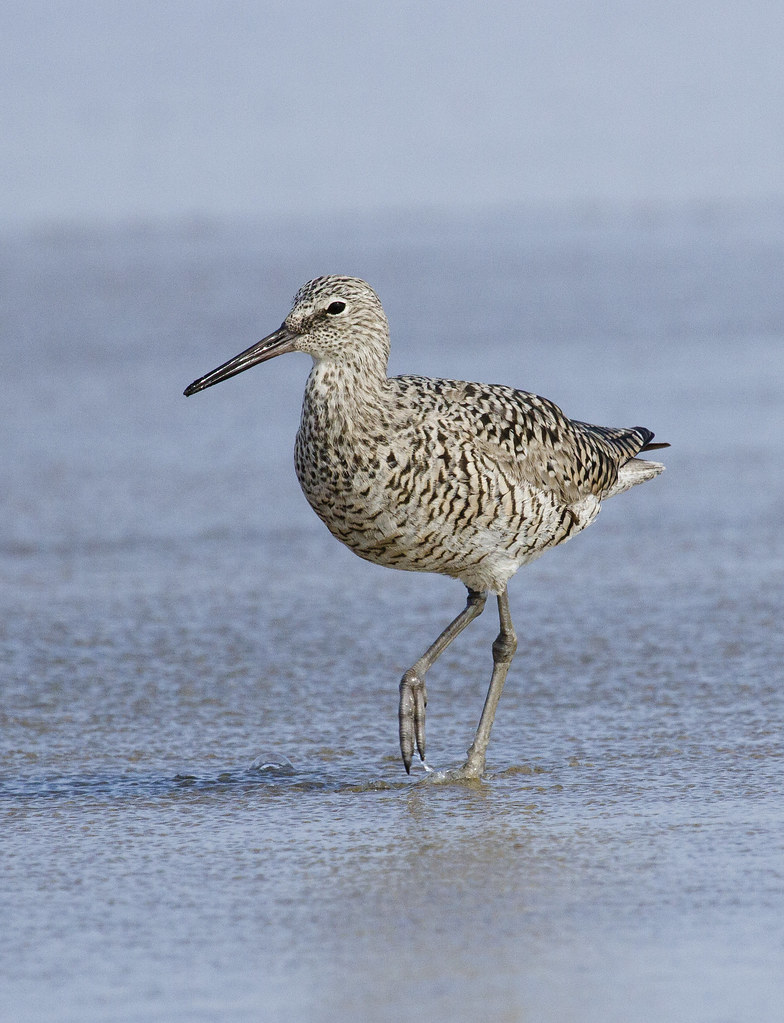A charismatic shorebird, the Willet has just been split into two species, the Western Willet Tringa inornata and Eastern Willet Tringa semipalmata according to the TiF checklist based on the recently published study by Oswald et al. (2016). The split was suggested by John H. Boyd who has been running the Taxonomy in Flux (TiF) checklist for quite some time. The birding world has long been waiting for this split but this species was nowhere in the proposal lists of neither on the International Ornithologists Union (known as IOC) website nor in the Fifty-seventh Supplement to the American Ornithologists’ Union Check-list of North American Birds until know. IOC has just (23 Aug 2016) listed Western Willet as potential split for the 6.4 update.
Boyd’s move might be the first adaptation of the Oswald’s study which says in the conclusion “Genetic, morphological, ecological, and behavioral differences suggest that the 2 Willet subspecies may merit treatment as separate species. Further studies are needed to determine the presence of pre- or post-mating reproductive isolation.” Time will tell when these big taxonomic bodies put the proposal on the table or require further studies.



In the 2017 AUO proposal set Willet is proposed to be split based on a recent study. http://checklist.aou.org/assets/proposals/PDF/2017-A.pdf
The paper on the Willets does NOT advocate that they be split. It outlines what additional data are needed to test the hypothesis that they are separate species. Vocal differences are poorly documented, playback trials are iffy, and the genetic distance between the two subspecies is much more consistent with subspecies rank than species rank. The statement in this blog that “They came to a conclusion that due to genetic, morphological, ecological and behavioral differences suggest two treat them as separate species” differs slightly but importantly from the actual conclusion, which is “Genetic, morphological, ecological, and behavioral differences suggest that the 2 Willet subspecies MAY merit treatment as separate species. Further studies are needed to determine the presence of pre- or post-mating reproductive isolation.”
Thanks for your comment. I corrected the conclusion text. I wonder what which part of the study convinced Boyd to split this species. That’s why I mentioned the lack of action taken by the large authorities.
Why IOC put it on the proposal list then? As far as I remember there is a bunch of taxonomic expert behind that organisation. Yet, they proposed the split based on the Oswald paper. Thoughts?